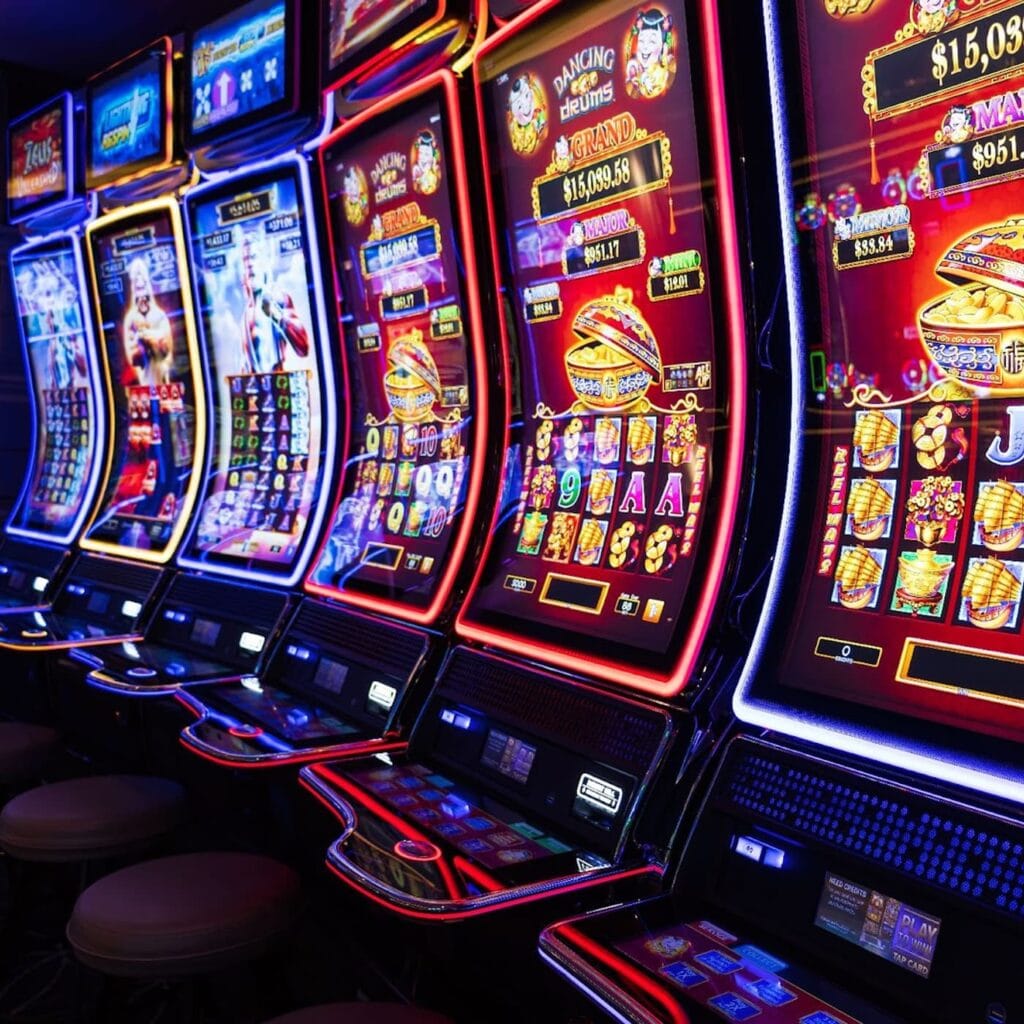We all make decisions based on patterns: when to shop, where to eat, and which film to watch. The funny thing is, those choices often follow predictable shapes. Busy periods rise, slow periods fall, and somewhere in between, there’s a moment when things settle before taking off again.
Traders recognise that shape immediately. It’s the triangle pattern, a chart formation that shows how prices compress before breaking out: a pause before momentum returns. But look closer, and you’ll see the same logic playing out in restaurants, shopping centres, and entertainment venues every week.
The Hidden Shape of Everyday Behaviour
Let’s start with something simple. Picture a new restaurant opening in your city.
Week one: full bookings, social media buzz, photos everywhere. Week two: a small dip as the novelty wears off. Over the next month, regular traffic builds; slower, steadier, until something changes again (a review, an event, a menu update).
The pattern that forms on their booking chart? You guessed it, a triangle.
Sales rise and fall in smaller swings, gradually converging until one event sparks a breakout: either a rush of new interest or a period of quiet. It’s a natural rhythm of anticipation and release.
The same happens in retail. Shops track footfall data that narrows and expands in predictable cycles: pre-payday lulls, post-salary surges, then normalisation. These converging movements tell a story about confidence, timing, and collective habits: the same things traders look for in the market.
How the Triangle Pattern Works in Trading
In technical analysis, the triangle pattern forms when price movement starts wide, with large ups and downs, and gradually tightens as traders wait for a clear direction.
Eventually, pressure builds until something gives. Prices break out of that narrowing range, often leading to a strong move in one direction.
There are variations: ascending, descending, and symmetrical triangles. Each tells you something slightly different about whether buyers or sellers have control.
But the principle is universal: periods of hesitation precede periods of action. Markets compress before they expand. That logic applies beautifully to human behaviour in almost any setting.
Restaurants: When Timing is Everything
If you’ve ever worked in hospitality, you know that business has seasons inside seasons.
- Early week dips – Mondays and Tuesdays are quiet; people recover from the weekend.
- Midweek momentum – Curiosity and convenience start bringing customers back.
- Weekend peaks – Energy builds and then bursts in two short, frantic days.
A restaurant that learns its pattern can plan smarter: when to staff up, when to restock, and when to test new offers.
It’s not random, it’s rhythm.
Even on a daily level, reservation curves tighten before dinner service. Traffic online and calls to book tables often cluster in the hours leading up to a meal rush. It’s a micro-triangle, showing interest compressing before the breakout.
For owners, reading that pattern is the difference between reacting and anticipating.
Shopping Trends Follow the Same Logic
Retail data mirrors chart analysis more than most people realise.
Think about Black Friday. Demand builds slowly, promo searches rise, and then, in the final hours before midnight, everything explodes. That’s a textbook triangle: energy tightening as shoppers wait for the moment to act.
The same shape appears in local high streets and online stores year-round. Sales narrow in quiet months, then expand suddenly when the weather changes, salaries hit, or marketing shifts tone.
Smart retailers study this compression in advance. They know when confidence is rising but not yet released, that’s their breakout window.
Understanding that shape helps businesses avoid overreacting to temporary dips. Just because traffic’s quiet doesn’t mean interest has disappeared; it might just be coiling up for the next push.


Entertainment: Predicting the Crowd
Cinema releases, live events, even streaming numbers… they all follow the same dynamic.
Before a major film launch, interest starts wide: posters, teasers, speculation. Then the buzz narrows as reviews drop and fans decide whether to commit. When ticket sales open, the breakout hits: queues, websites crashing, and packed cinemas.
The pattern repeats with every major concert tour or award season. Demand clusters, compresses, then surges.
Analysts in the entertainment industry use these shapes to forecast attendance and plan promotional bursts. They might not call it a triangle pattern, but it’s the same framework traders use to judge when momentum is about to return.
What Traders and Business Owners Both Understand
In trading, triangles show a shift from noise to focus. In business, they show a move from curiosity to action.
It’s all about timing.
When energy is building, whether it’s social media buzz, shopping intent, or pre-event excitement, the smart move is to prepare before the release.
Once the breakout happens, momentum takes over. Restaurants run full, websites crash, ticket counters melt down. The ones ready for it make the most of the wave; the ones that don’t end up catching up too late.
Seeing the Parallels in Data
Modern analytics makes this comparison easier to visualise.A retailer watching web traffic can overlay engagement graphs over time and see tightening swings before a launch. A restaurant can plot reservation volumes before and after promotional weeks. A cinema chain can map advance ticket sales against social mentions.
The trendlines all look the same: converging movements leading to a decisive breakout. That’s where the crossover with market analysis becomes more than just metaphor. It’s the same human psychology, visible through different data streams.
How Tech Makes It Easier to Spot
Today, even small businesses can track these shapes thanks to live dashboards and automated analytics. You don’t need to be a statistician. Simple graph tools reveal when numbers are flattening into a triangle-like compression, signalling that a big change could be near.
Brokers such as ThinkMarkets teach this pattern within their trading education, showing how to identify these setups before they trigger. The logic transfers easily to business management and marketing: identify when momentum is building, and you can act first instead of last.
That’s the kind of insight more entrepreneurs and trend analysts are now borrowing from finance: structured timing based on behaviour, not just instinct.
Patterns & Predictability
Patterns make life predictable in the best possible way.
Once you start spotting them, you see them everywhere, from price charts to dinner bookings to online sales graphs. They all tell the same story: tightening energy before something moves.
And that’s what makes the triangle pattern so fascinating. It’s not just a trading signal; it’s a reflection of how we act, wait, and decide.



